-

Shortridge’s Horseshoe Bat
Discover the fascinating world of Shamel’s Horseshoe Bat (Rhinolophus shameli), a medium-sized bat native to the subtropical forests of Southeast Asia. With its distinctive horseshoe-shaped noseleaf and impressive echolocation abilities, this nocturnal insectivore plays a crucial role in maintaining ecological balance by controlling pest populations. Learn about its habitat, feeding habits, and conservation status as…
-
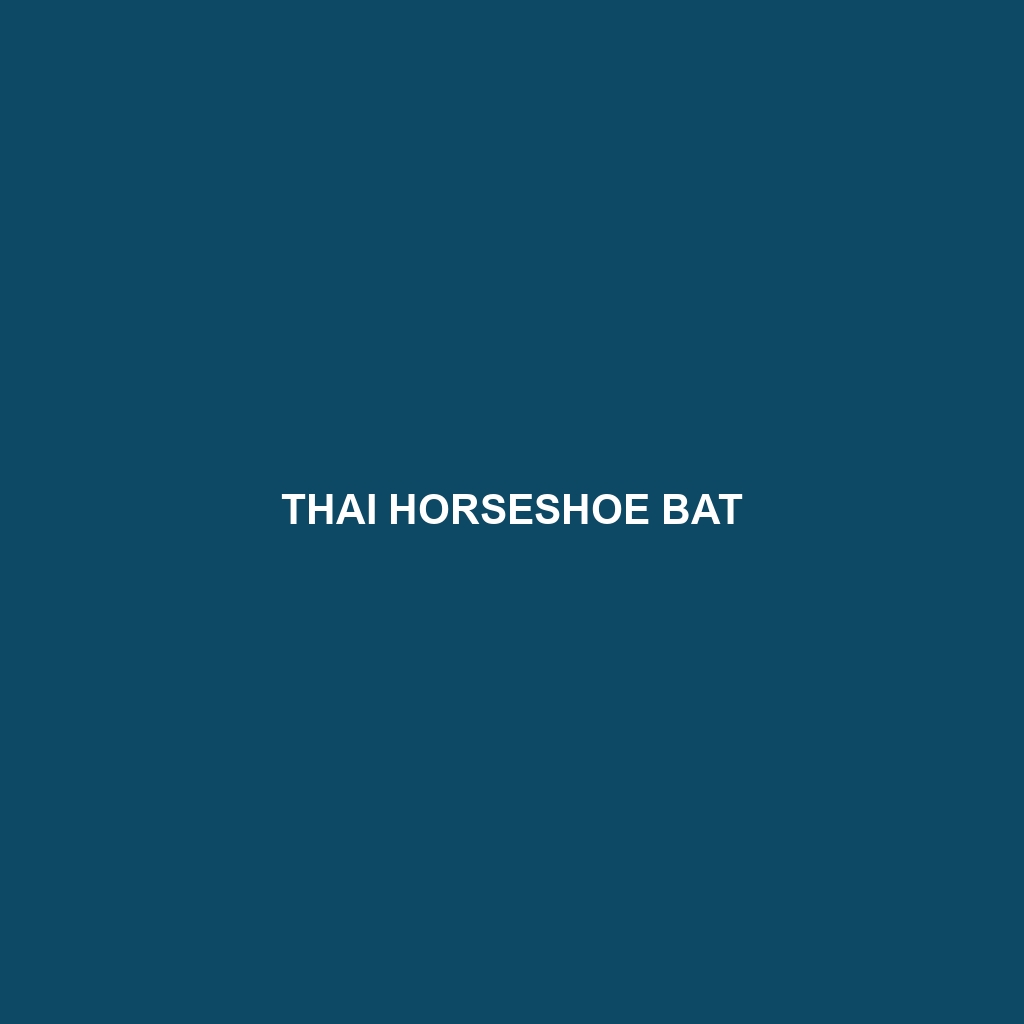
Thai Horseshoe Bat
Discover the fascinating world of Shortridge’s Horseshoe Bat (*Rhinolophus shortridgei*), a vulnerable species thriving in Southeast Asia’s humid subtropical regions. This nocturnal bat is notable for its distinct horseshoe-shaped nose and agile flying skills, which it uses to hunt insects like moths and beetles. Learn about its critical role in pest control, unique reproduction habits,…
-
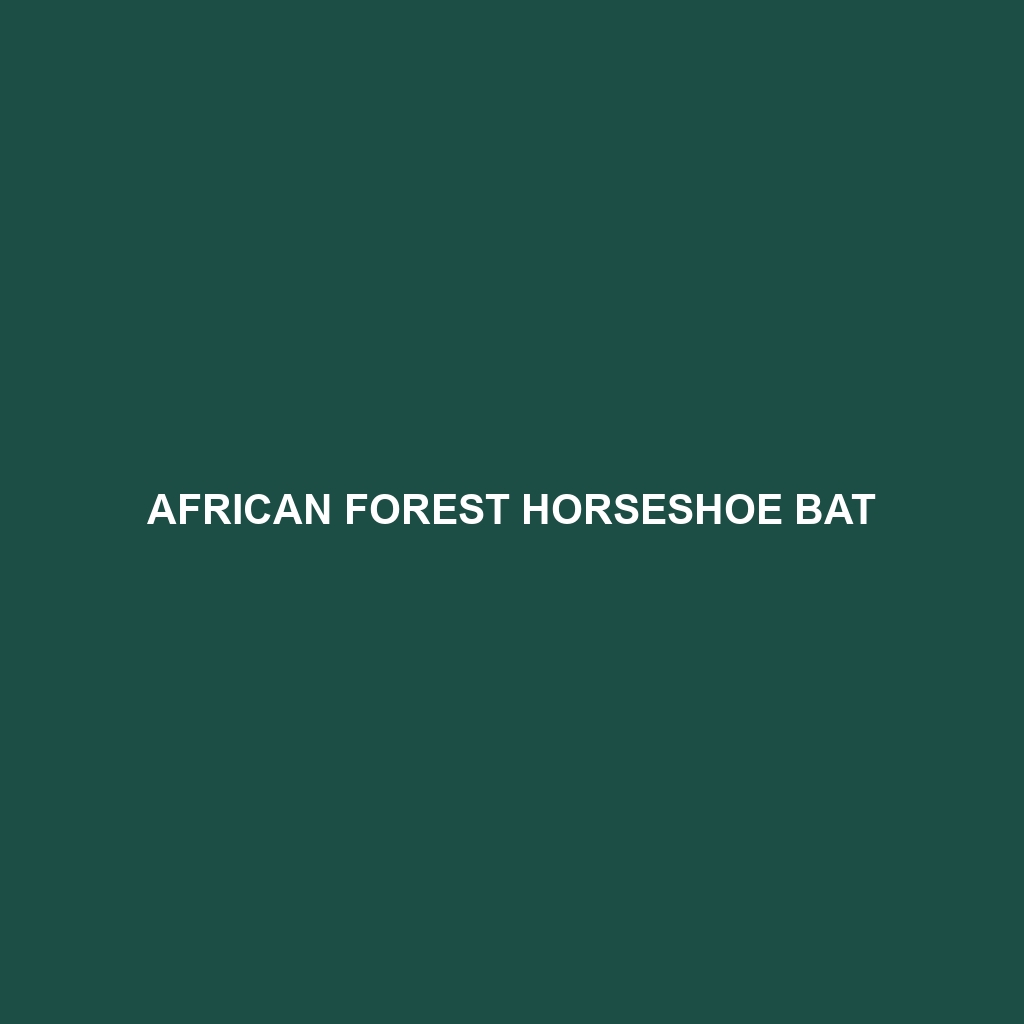
African Forest Horseshoe Bat
Explore the fascinating world of the **Thai Horseshoe Bat**, a unique species native to Southeast Asia. Adapted to warm, humid environments, these medium-sized bats play a crucial role in ecosystems by controlling insect populations and aiding in pollination. Discover their impressive echolocation abilities, social behavior, and the conservation challenges they face in our latest blog…
-
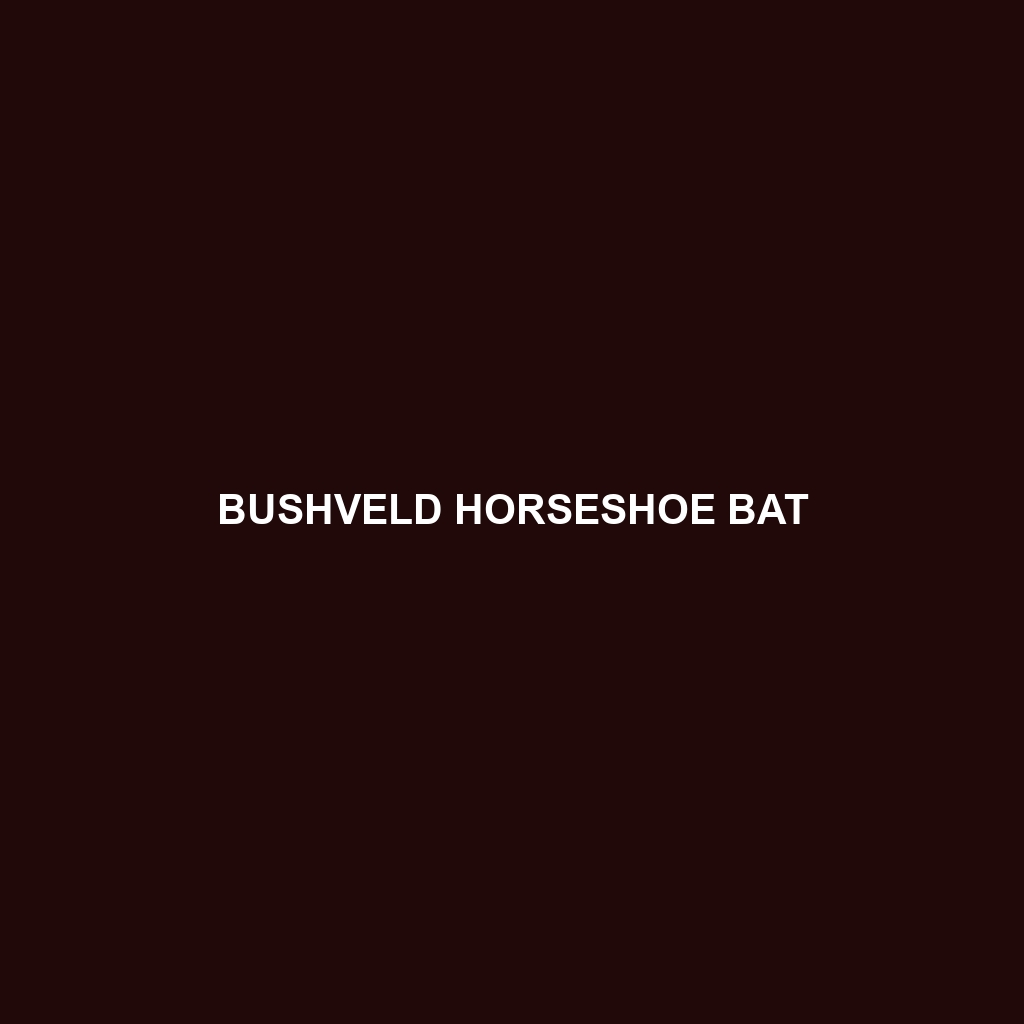
Bushveld Horseshoe Bat
Discover the intriguing world of the African Forest Horseshoe Bat, a nocturnal marvel found in the lush tropical forests of Central and West Africa. Known for its distinctive horseshoe-shaped noseleaf and remarkable echolocation abilities, this vulnerable species plays a vital role in controlling insect populations and promoting forest biodiversity. Learn about its habitat, behaviors, and…
-

Sakeji Horseshoe Bat
Explore the intriguing world of the Ruwenzori Horseshoe Bat (*Rhinolophus ruwenzoricus*), a vulnerable species native to the lush montane forests of East Africa. With its distinctive horseshoe-shaped noseleaf and exceptional echolocation abilities, this nocturnal insectivorous bat plays a crucial role in controlling insect populations and supporting ecosystem health. Learn about its habitat, unique behaviors, and…
-

Lesser Woolly Horseshoe Bat
Discover the fascinating Sakeji Horseshoe Bat, a nocturnal marvel of Africa’s tropical rainforests. With its unique horseshoe-shaped noseleaf, this vulnerable species plays a crucial role in pest control and pollination, thriving in humid ecosystems across Zambia, the Democratic Republic of Congo, and Angola. Explore their habitat, behavior, and conservation status, and learn how these bats…
-
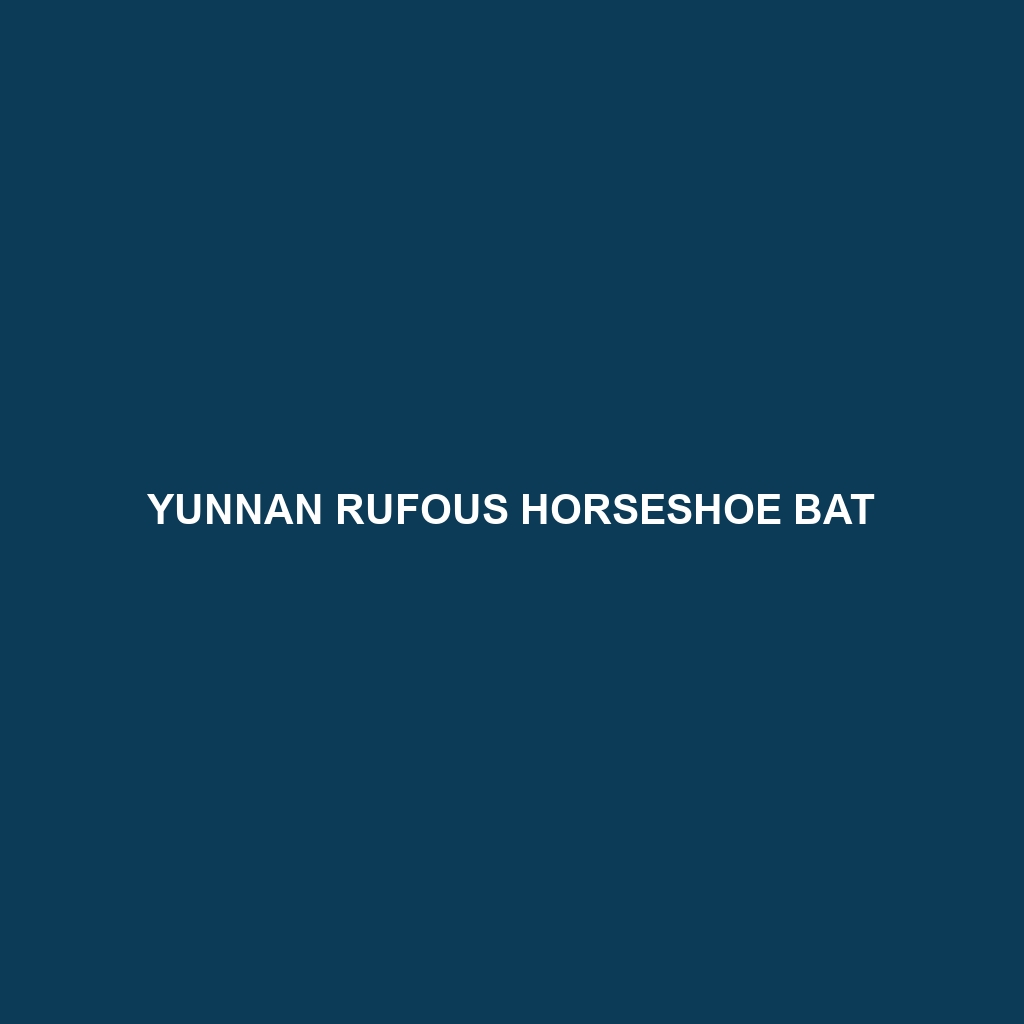
Yunnan Rufous Horseshoe Bat
Discover the Lesser Woolly Horseshoe Bat, a fascinating nocturnal creature thriving in Southeast Asia’s lush forests and wetlands. Known for its distinctive horseshoe-shaped nose and social behavior, this vulnerable bat plays a crucial role in controlling insect populations while facing threats from habitat loss. Learn more about its unique adaptations, dietary habits, and the importance…
-
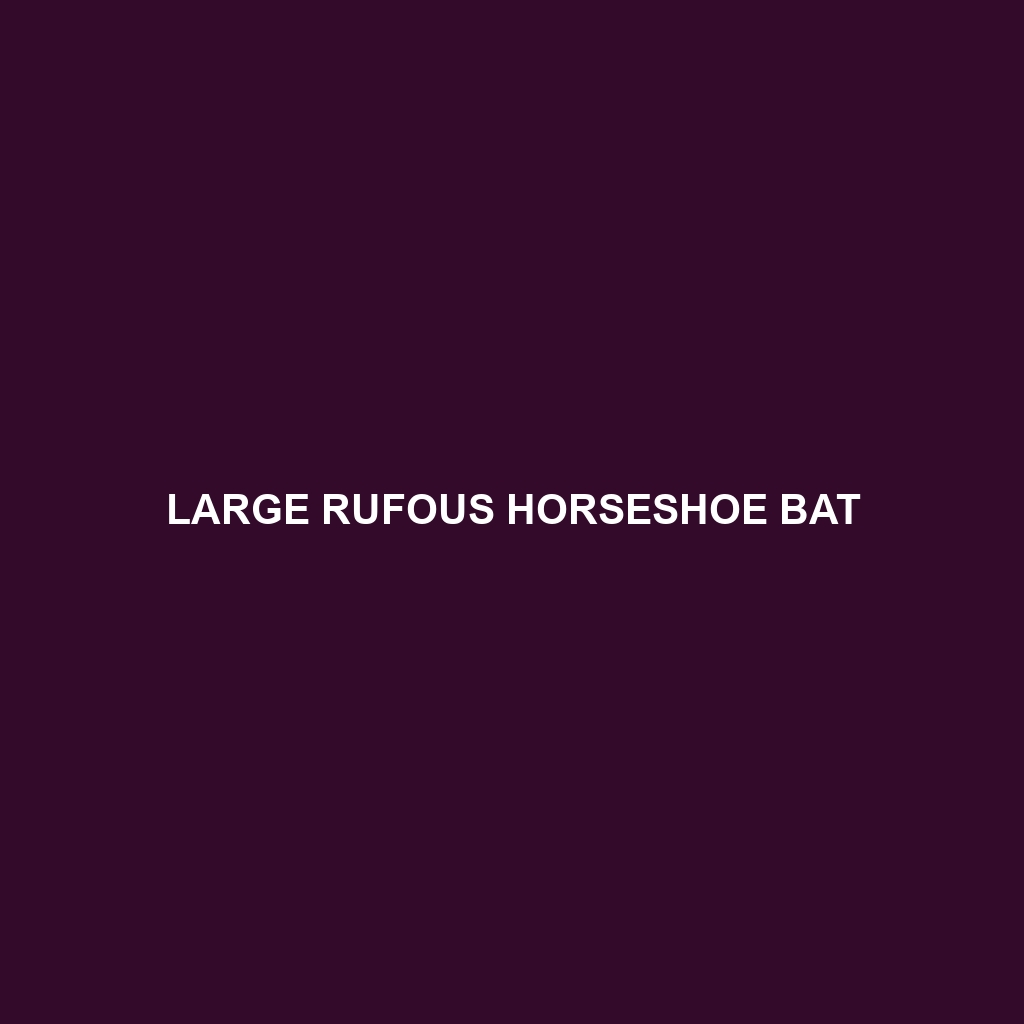
Large Rufous Horseshoe Bat
Explore the intriguing world of the Indian Rufous Horseshoe Bat, a vital nocturnal predator found in the humid forests and urban areas of South Asia. With its distinctive horseshoe-shaped nose and complex social behaviors, this vulnerable species plays an essential role in pest control and ecosystem health. Discover its habitat, diet, and the conservation efforts…
-
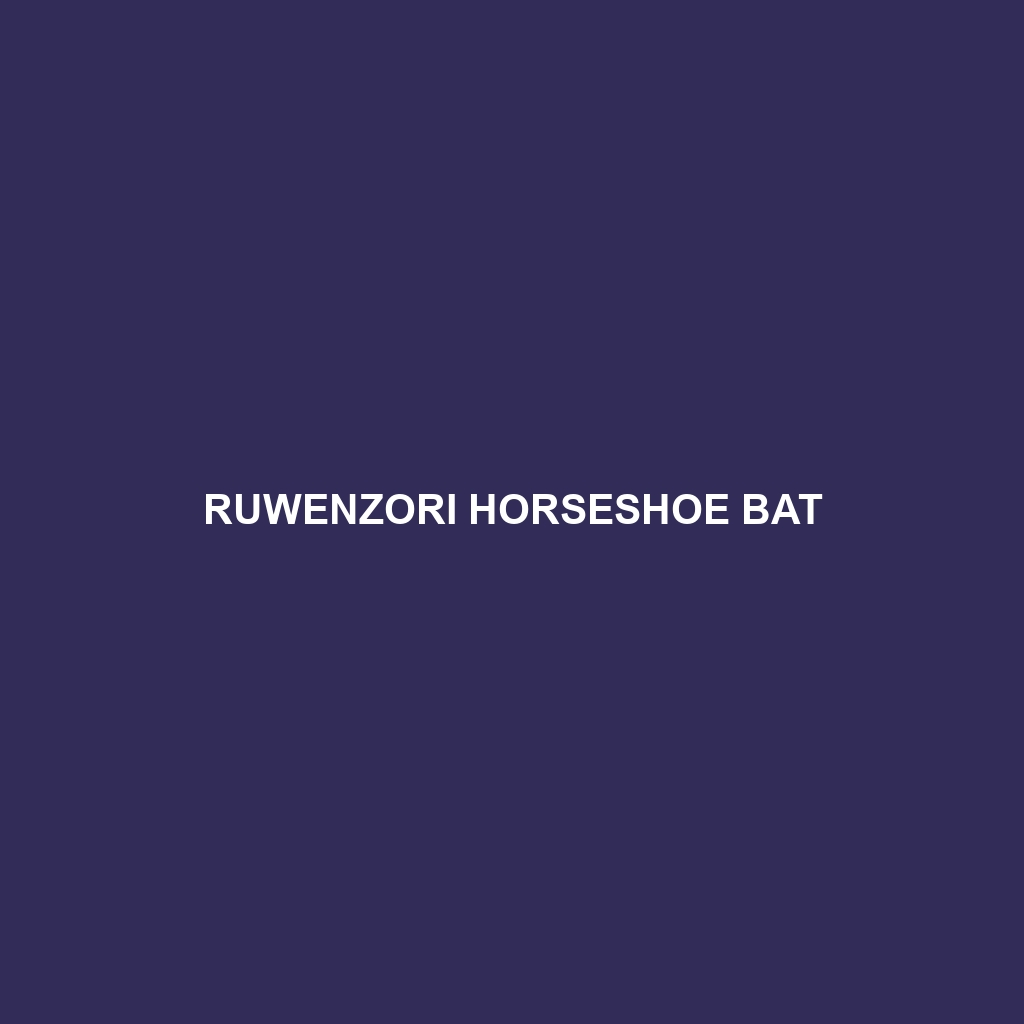
Ruwenzori Horseshoe Bat
Discover the fascinating world of the Large Rufous Horseshoe Bat, a vital player in Southeast Asia’s ecosystems. This nocturnal creature, known for its impressive size, distinctive horseshoe-shaped nose leaf, and social behavior, thrives in humid tropical forests. Explore its unique adaptations, diet of insects, and the conservation challenges it faces as its habitat dwindles.
-
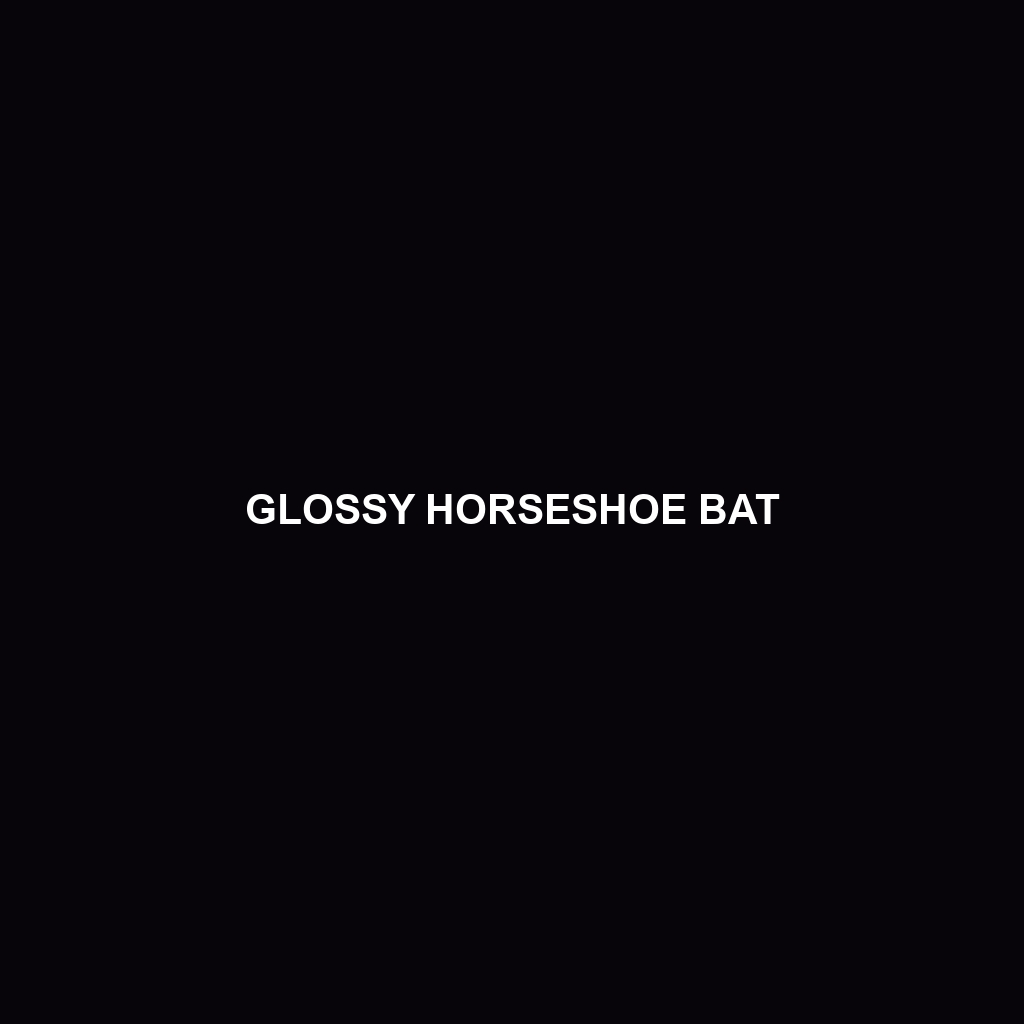
Glossy Horseshoe Bat
Discover the fascinating world of the **Least Horseshoe Bat**, a small yet vital species thriving in Europe and Asia’s temperate forests. Known for its unique horseshoe-shaped noseleaf and exceptional echolocation abilities, this nocturnal bat plays a crucial role in maintaining insect population balance, making it an important pest controller in its ecosystem. However, with its…
Search
Popular Posts
-
Lygosoma corpulentum
Discover the Lygosoma corpulentum, or fat skink, a robust insectivorous lizard native to Southeast Asia’s moist tropical rainforests and varying habitats. With a stocky body, impressive camouflage, and remarkable adaptability, this ovoviviparous species plays a crucial role in maintaining ecological balance.
-
Lygosoma boehmei
Lygosoma boehmei is a slender, nocturnal insectivore found in humid tropical rainforests and savannas of Southeast Asia, exhibiting a smooth, camouflaging texture and remarkable burrowing abilities. This vulnerable species plays a crucial role in its ecosystem by controlling insect populations and serving as prey for larger predators.
-
Lygosoma bampfyldei
Lygosoma bampfyldei, commonly found in tropical and subtropical regions, is a moderately sized lizard measuring 15 to 25 cm, known for its elongated body and glossy, camouflage coloration. This insectivorous species thrives in moist habitats and plays a vital role in maintaining ecological balance by controlling insect populations.
Categories
Tags
animal adaptations (924) animal behavior (5000) animal reproduction (865) behavior (920) biodiversity (7853) conservation (1670) conservation efforts (1778) conservation status (5748) diet (2104) ecological balance (2087) ecological role (1952) ecosystem (1469) ecosystem role (2901) endangered species (2514) habitat (3280) habitat conservation (1136) Habitat Destruction (1421) habitat loss (3385) herpetology (870) insectivorous reptiles (948) IUCN Red List (1971) lizard behavior (881) lizard diet (944) lizard reproduction (1101) nocturnal animals (2754) nocturnal behavior (2592) nocturnal reptiles (1061) physical characteristics (2058) predator-prey relationships (927) reproduction (2890) reptile behavior (1037) reptile conservation (1348) reptile reproduction (1069) rodent species (1325) seed dispersal (2145) Seed Disperser (979) small mammals (1168) snake behavior (952) snake diet (1061) snake reproduction (1129) tropical forests (948) Vulnerable Species (4926) wildlife (2511) wildlife conservation (5355) wildlife protection (1008)


